Understanding PERT in Project Management
PERT (Program Evaluation and Review Technique) is a project scheduling tool developed in 1958 to handle uncertainty in activity time estimates. It utilizes statistical distributions to predict project completion times more accurately than traditional methods like CPM. This technique calculates weighted average activity times, standard deviations, and probabilities of completing projects on schedule. By understanding PERT, project managers can effectively plan and manage complex projects.
Download Presentation

Please find below an Image/Link to download the presentation.
The content on the website is provided AS IS for your information and personal use only. It may not be sold, licensed, or shared on other websites without obtaining consent from the author. Download presentation by click this link. If you encounter any issues during the download, it is possible that the publisher has removed the file from their server.
E N D
Presentation Transcript
Project Project Scheduling Scheduling Pert Pert PROJECT MANAGEMENT PROJECT MANAGEMENT Magister Desain Universitas Komputer Indonesia SOURCE: LARSON, E.W., GRAY C.F., 2014, 6TH ED.; PINTO, J.K. 2010, 2ND. ED.
PROJECT NETWORK PLANNING Program/Project Evaluation and Review Technique (PERT) Critical Path Method (CPM) Project Crashing Precedence Diagram Method (PDM)
PERT (PROGRAM EVALUATION & REVIEW TECNIQUE) In 1958 the Special Office of the Navy and the Booze Allen, and Hamilton consulting firm developed PERT to schedule the more than 3,300 contractors of the Polaris submarine project and to cover uncertainty of activity time estimates. PERT is almost identical to the critical path method (CPM) except it assumes each activity duration has a range that follows a statistical distribution.
Activity and Project Frequency Distributions Activity Project a m b TE
Weighted Average Activity (te) a + 4m + b = ------------- te 6 te a = weighted average activity time = optimistic activity time (1 chance in 100 compliting activity under normal conditions) = pesimistic activity time = most likely activity time b m
Activity Standard Deviation b - a te= ----- 6 TE= ( te)
Probability of Completing the Project in Time Ts TE -------------- ( te) Z = TE = Critical path duration TS = Schedule project duration Z = probability (of meeting scheduled duration) found in statistical
Z Values and Probabilities Z Value Probability Z Value Probability -3.0 .001 +0.0 .500 -2.8 .003 +0.2 .579 -2.6 .005 +0.4 .655 -2.4 .008 +0.6 .726 -2.2 .014 +0.8 .788 -2.0 .023 +1.0 .841 -1.8 .036 +1.2 .885 -1.6 .055 +1.4 .919 -1.4 .081 +1.6 .945 -1.2 .115 +1.8 .964 -1.0 .159 +2.0 .977 -0.8 .212 +2.2 .986 -0.6 .274 +2.4 .992 -0.4 .345 +2.6 .995 -0.2 .421 +2.8 .997
Example Activity a m b 1-2 17 29 47 2-3 6 12 24 2-4 16 19 28 3-5 13 16 19 4-5 2 5 14 5-6 2 5 8 1. Compute the expected time for each activity 2. Compute the variance for each activity 3. Compute the expected project duration 4. What is the probability of completing the project by day 67? Within 60 days?
ANSWER Actvity 1-2 2-3 2-4 3-5 4-5 5-6 a 17 6 16 13 2 2 m 29 12 19 16 5 5 b 47 24 28 19 14 8 te 30 13 20 16 6 5 ((b-a)/6))^2 25 9 4 1 4 1
Answer Hypothetical Network B D 13 16 0 A F C 30 5 E 20 6 Legend ES ID EF Description SL LS Dur LF
Answer - Probability Ts TE -------------- ( te) Z = 67 64 ----------------- 25 + 9 + 1 + 1 + 3 Z = = -------- = + 0.5 36 P = 0.69
Exercise 1 Given the project information below, what is the probability of completing the National Holiday Toy project in 79 time units? Act. ID Description Predecess or Optm.(a) Most Likely (m) Pess (b) 1 Design package None 6 12 24 2 Design product 1 16 19 28 3 Build package 1 4 7 10 4 Secure patent 2 21 30 39 5 Build product 2 17 29 47 6 Paint 3,4,5 4 7 10 7 Test market 6 13 16 19
Exercise -2 Using the following information, create an AON network activity diagram. Calculate each activity TE, total duration & Critical Path Activity Preceeding Activities Best Likely Worst A - 12 15 25 B A 4 6 11 C - 12 12 30 D B,C 8 15 20 E A 7 12 15 F E 9 9 42 G D,E 13 17 19 H F 5 10 15 I G 11 13 20 J G,H 2 3 6 K J,I 8 12 22
Exercise -3 The Global Tea and Organic Juice companies have merged. The following information has been collected for the Consolidation Project . Act Description Predecessor aopt m ml bpess 1 Codify accounts None 16 19 28 2 Filearticles of unification None 30 30 30 3 Unify price and credit policy None 60 72 90 4 Unify personnel policies None 18 27 30 5 Unify data processing 1 17 29 47 6 Train accounting staf 1 4 7 10 7 Pilot run data processing 5 12 15 18 8 Calculate P&L and balance sheet 6,7 6 12 24 9 Transfer real property 2 18 27 30 10 Train salesforce 3 20 35 50 11 Negotiate with unions 4 40 55 100 12 Determine capital needs 8 11 20 29 13 Explain personnel policies 11 14 23 26 14 Secure line of credit 9,12 13 16 19 15 End 10,12,14 0 0 0
Exercise 3 - Question 1. Compute the expected time for each activity. 2. Compute the variance for each activity 3. Compute the expected project duration. 4. What is the probability of completing the project by day 112? Within 116 days? 5. What is the probability of completing Negotiate with Unions by day 90?
Solve exercise 1 Using WIN QS File New Problem
Result Perform Simulation . Use system clock edit Number of simulated observation
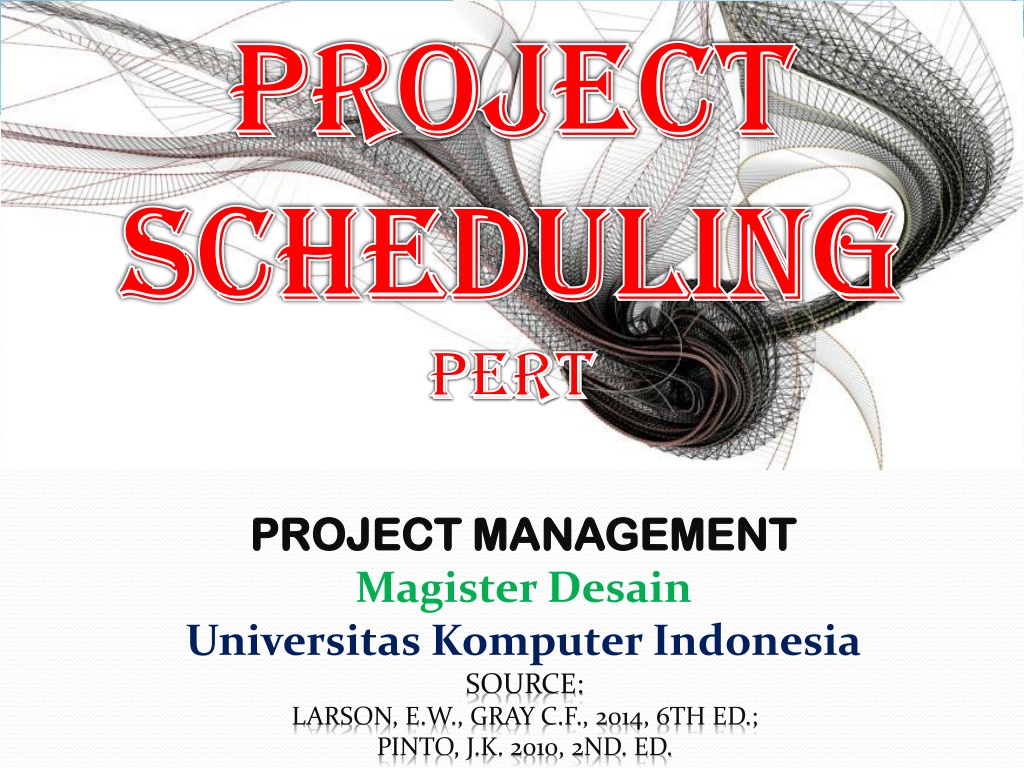



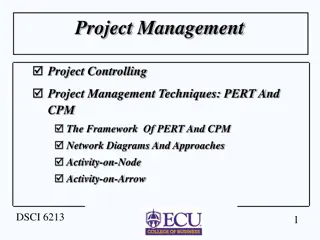
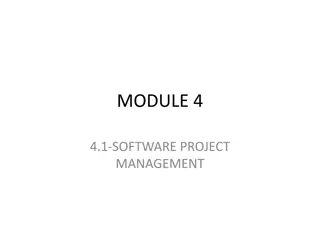
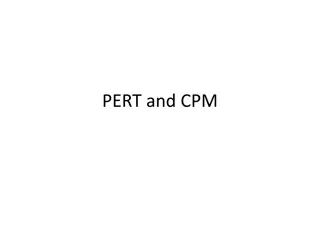
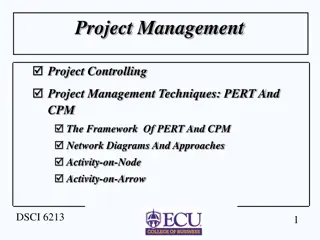
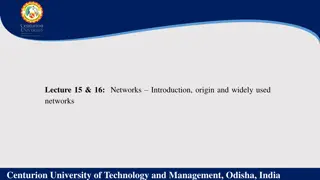


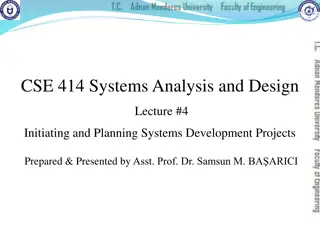
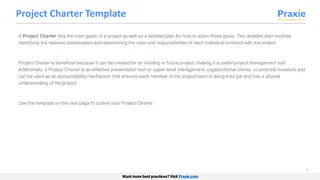
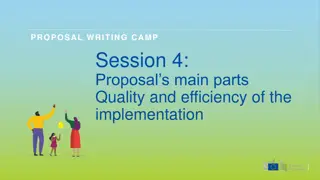
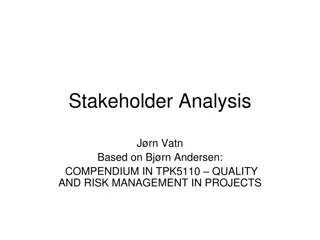
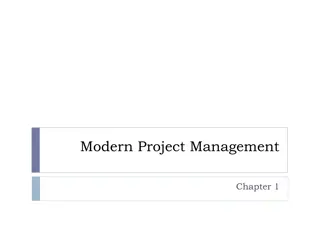

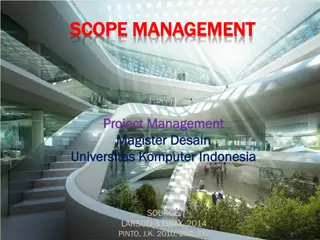
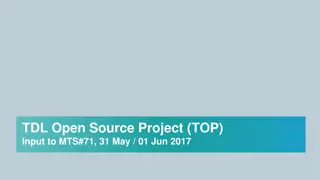
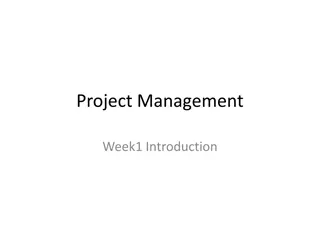
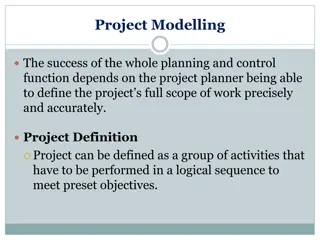
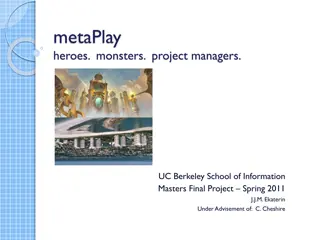
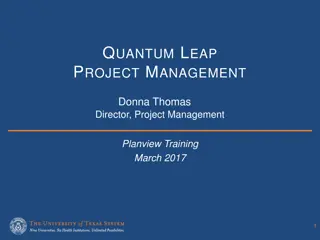
![Project Initiation Document for [Insert.Project.name] [Insert.Project.number]](/thumb/226757/project-initiation-document-for-insert-project-name-insert-project-number.jpg)